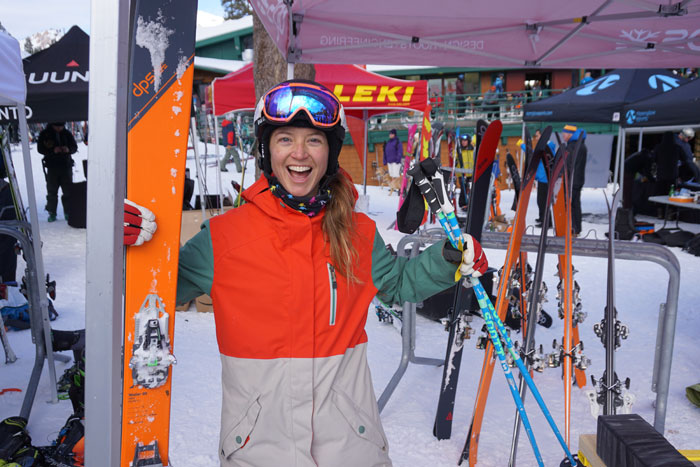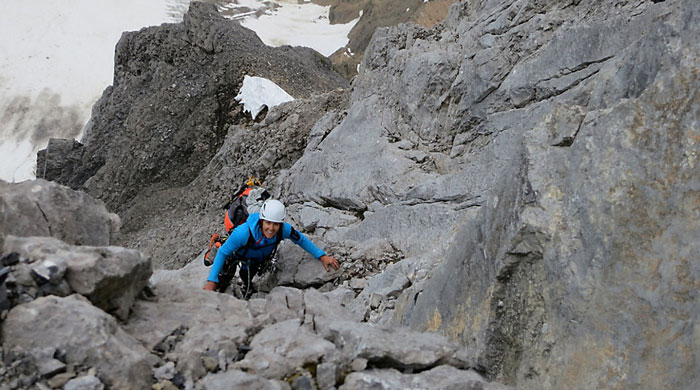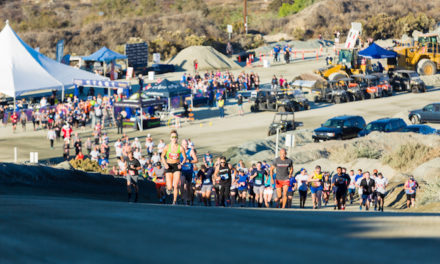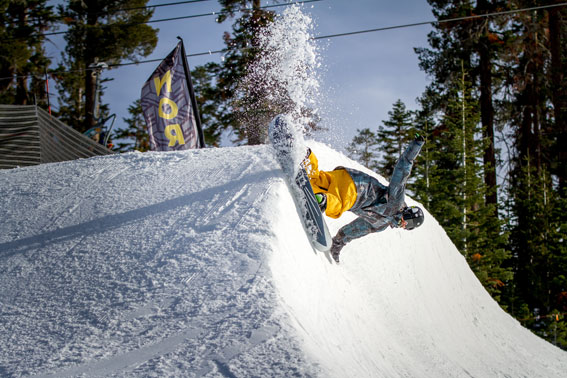- California Enduro Series Announces 2024 Schedule - 11/19/2023
- ASHLAND MOUNTAIN CHALLENGE 2023 – CES RACE REPORT - 10/04/2023
- China Peak Enduro 2023 – CES Race Report - 09/04/2023
A view from the trenches
By Meghan Ochs
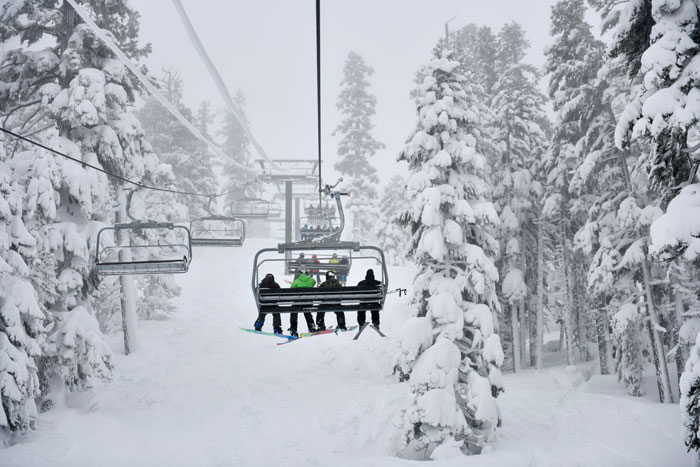
Photo: Heavenly/Sarah Ackerson
Every skier and rider dreams of the perfect powder day: epic turns, huge face shots and endless smiles as gravity floats you down the mountain. Once or twice in a lifetime, those dream days become dream seasons, full of seemingly endless fun with limitless and constant snowfall. In 2017, California experienced such a winter. Snowmageddon 2017, as many are calling it, has dumped record breaking amounts of snowfall on almost every single resort in the entire Sierra Nevada range.
With more than twice the average amount of snow, the behind-the-scenes efforts to keep your favorite ski mountain operating this season has been heroic to say the least. Every time a major storm rolled through, all the snow that fell on parking lots and walking areas had to be cleared. Snow removal is grueling, dangerous work, and it requires a lot of human labor. It is also quite taxing on equipment.
Snow is what the diehards live for. However, too much of it can be a bad thing. When a ski resort closes due to excessive snowfall it is incredibly expensive in terms of labor, equipment, supplies, and lost revenue. Passionate skiers and riders should remember that the resorts want to be open and provide a great experience to their guests, but Mother Nature doesn’t always cooperate. This year Tahoe residents have lost count of how often the major highways and state routes to and from the resorts have closed. Avalanche danger and the risk of mudslides at lower elevations reached epic proportions. Ski resorts, along with transportation departments, have struggled to keep up with the insane amount of snowfall. Nature has been fierce. For the first time in decades, many Tahoe ski resorts have been closed for days due to power outages.
When resorts are closed, and the powder hounds are at home itching to gain access to the monumental powder, most do not realize all of the work taking place on the hill in an attempt to operate and give people what they want. It’s easy to take for granted some of the things that need to happen after any snowfall. Parking lots need to be plowed, and lifts need to be dug out and cleaned off. Cable lines need to be de-iced and checked; stairways, decks, transformers, propane tanks, fire hydrants, shuttles and other vehicles, buildings, and ski racks need to be snow blown, shoveled, and dug out. Vital equipment such as rope lines, bamboo, timing equipment, and signs need to be unburied. Snow needs to be pushed around, packed down, and moved. Avalanche routes, a huge component in resort safety, both in and out of bounds, need to be run. Additionally, with massive amounts of snow in little time, the amount of precious in-bounds skiable terrain is reduced. All of this work demands early hours and late nights from resort staff. It also increases the everyday costs and overhead to resorts. More human hours and labor are needed, more fuel is used and equipment can break down. Resort staff put smiles on and keep their sense of humor, but trust me, they were exhausted trying to keep up with Snowmageddon 2017.
Surely though, beyond epic powder days, there are other benefits to record snowfall. The drought that much of the Sierra Nevada has been experiencing is waning (although now in many places there is intense concern about flooding.) This summer, reservoirs and lakes will be full and water-related recreational opportunities will be in abundance.
As someone who works in the ski industry, I hope to see another winter like the one the Sierra is currently experiencing. My other hope is that when Snowmageddon happens again, guests will remember and appreciate that a quality and safe resort experience takes time and a heroic level of effort to make possible.
See you on the slopes!
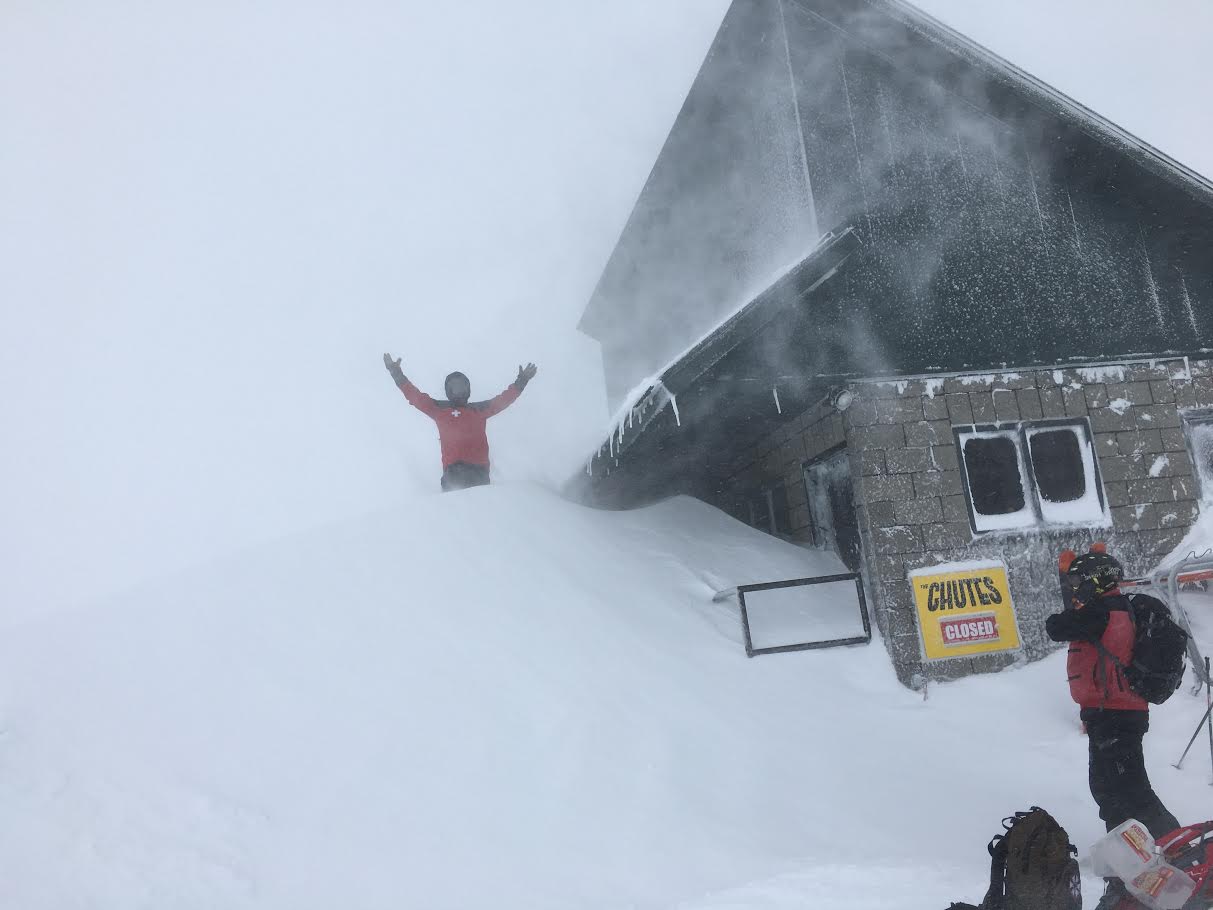
Photo: Mt. Rose/Ian Satterfield

Photo: Northstar/Craig McCoy
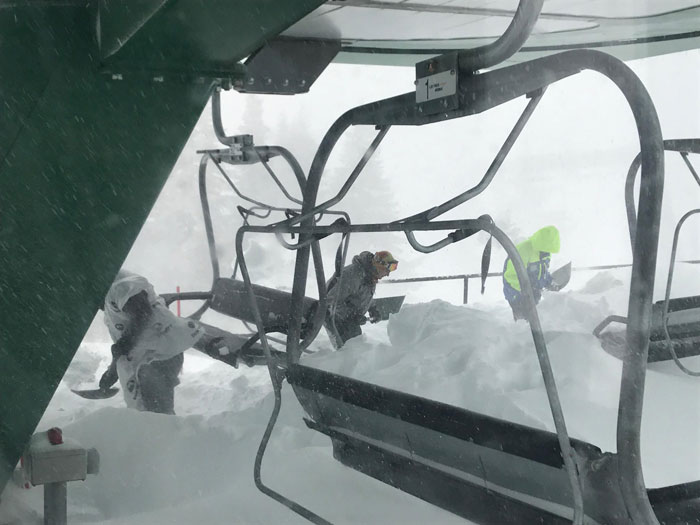
Photo: Bear Valley Mountain Resort
SNOW TOTALS
California resorts are over 200 percent of average snowfall. As of press time, here are sample snow totals from some of our favorite resorts.
Squaw Alpine // 647”
Mt. Rose // 696”
Heavenly // 614”
Northstar // 630”
Kirkwood // 625”
Bear Valley // 450”
Sugar Bowl // 703”
Mammoth // 540”
China Peak // 461”
Meghan Ochs is a ski racing coach at Mt. Rose Ski Tahoe. During Snowmaggedon 2017 she also moonlighted as part of the snow removal team.



